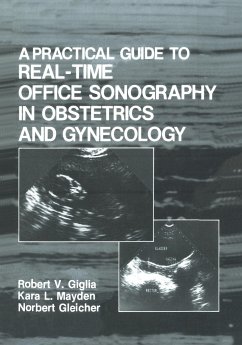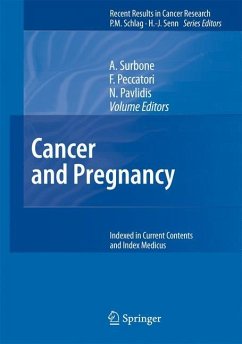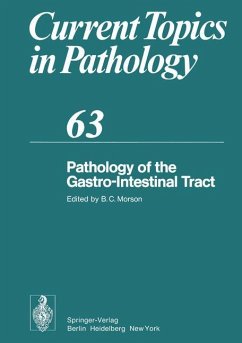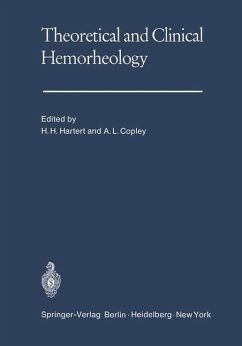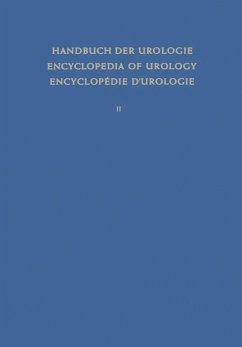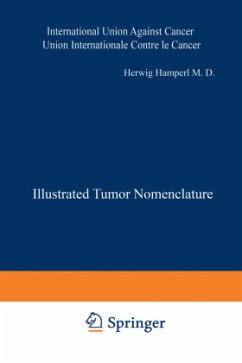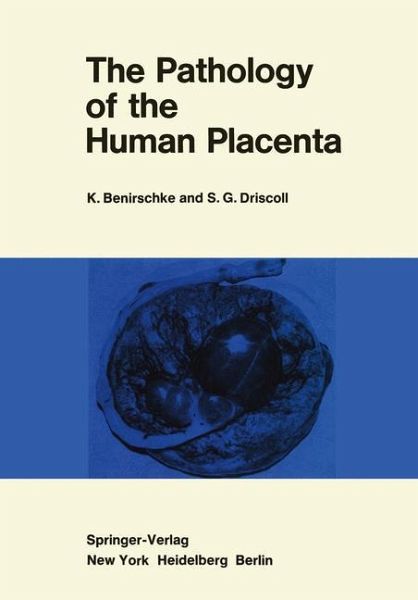
The Pathology of the Human Placenta

PAYBACK Punkte
20 °P sammeln!
This presentation of the diseases of the placenta differs in many ways from the first such treatment in these volumes by the eminent Robert Meyer. It is a deliberate attempt to bring together the practical information which has been gathered about the pathology of this complex organ and to make it available to the practicing pathologist as well as clinician. Despite the ready availability of the placenta for study, the pathologist is often ill-prepared to interpret lesions which he may find. Moreover, it has been difficult for him to find reference material, published commonly in journals and ...
This presentation of the diseases of the placenta differs in many ways from the first such treatment in these volumes by the eminent Robert Meyer. It is a deliberate attempt to bring together the practical information which has been gathered about the pathology of this complex organ and to make it available to the practicing pathologist as well as clinician. Despite the ready availability of the placenta for study, the pathologist is often ill-prepared to interpret lesions which he may find. Moreover, it has been difficult for him to find reference material, published commonly in journals and books with which he is not familiar. Further more, the interpretation of lesions affecting the placenta seemed less challenging since the organ had served its function, was to be discarded and presumably little of significance could be expected from such a retrospective study. Recently, with new emphasis on maternal and fetal health and disease, it has become apparent that knowledge of pathologic changes in the placenta often provides a unique insight into antenatal events. Thus, there has been an abundance of publications in this field in recent years, several in book form. These and the most important older investigations on the morbid anatomy of the human pla centa are here reviewed. This book has been written with a special point of view, however, which reflects our own bias.





